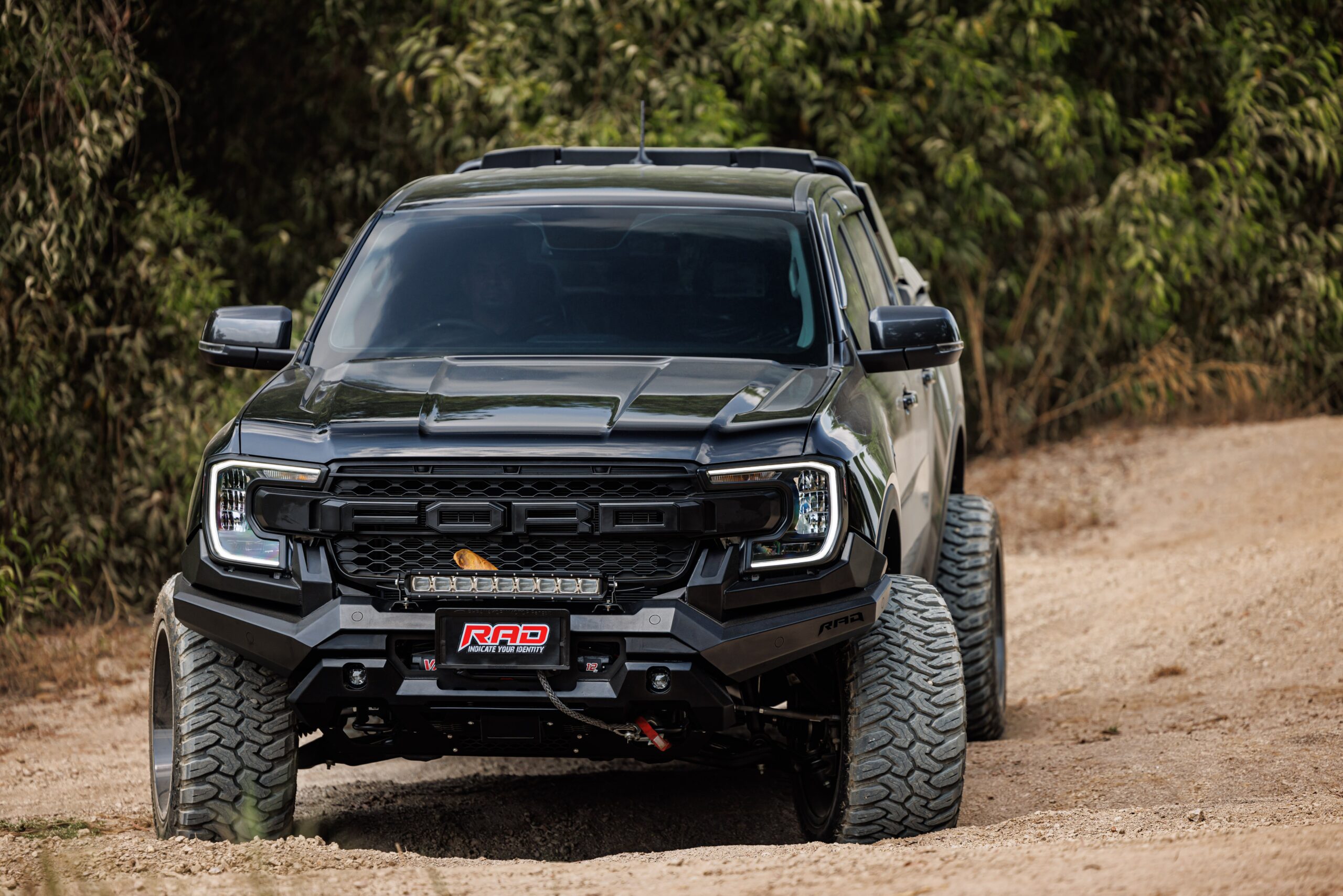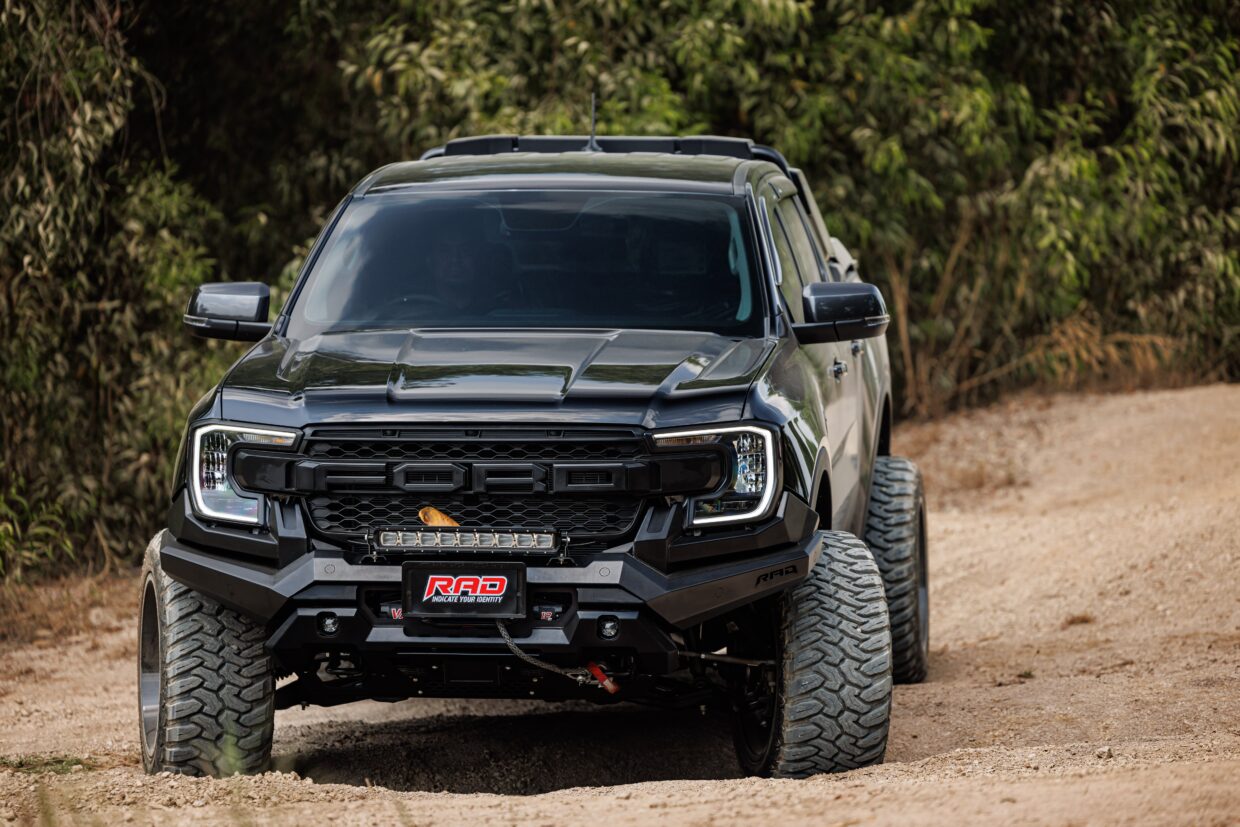In “DIY off-road vehicle maintenance: A Step-by-Step Guide,” you will discover the essential steps to keep your off-road vehicle in peak condition. Whether you’re a seasoned adventurer or a novice explorer, this comprehensive guide provides you with the knowledge and instructions to perform regular maintenance on your vehicle, ensuring its durability and reliability even in the most rugged terrains. From checking the oil and inspecting the tire pressure to cleaning the air filter and replacing the spark plugs, this step-by-step guide will empower you to confidently handle the maintenance of your off-road vehicle on your own, saving you time and money in the long run. Get ready to elevate your off-road experience as you take charge of your vehicle’s maintenance and hit the trails with peace of mind.

DIY Off-Road Vehicle Maintenance Guide
DIY Off-Road Vehicle Maintenance: A Step-by-Step Guide
Off-roading can be an exhilarating and thrilling experience, but it can also take a toll on your vehicle. Rough terrain, mud, and water can cause wear and tear on various components of your off-road vehicle. That’s why it’s crucial to regularly inspect and maintain your vehicle to ensure it stays in top shape. In this step-by-step guide, we will walk you through the essential tasks for DIY off-road vehicle maintenance, helping you save money and keep your vehicle performing at its best.
Inspecting the Exterior
Before delving into the mechanical aspects of maintenance, it’s important to start with a thorough inspection of the exterior. Inspect your off-road vehicle for any signs of damage or wear, such as dents, scratches, or rust. Pay close attention to the body panels, bumpers, and undercarriage, as off-roading can expose these areas to potential damage. Also, check the condition of your lights, mirrors, and windshield to ensure optimal visibility while driving.
Checking the Tires
Tires are one of the most critical components of your off-road vehicle, as they provide traction and stability on various terrains. Regularly check the tire pressure to ensure it matches the manufacturer’s recommended levels. Inspect the tread depth of your tires, as worn-out treads can compromise your vehicle’s off-road performance and safety. Rotate your tires regularly to promote even wear, and be on the lookout for any signs of damage, such as cuts or bulges, which may require immediate replacement.
Maintaining the Suspension System
The suspension system plays a crucial role in ensuring a smooth and comfortable ride, even in rough off-road conditions. Regularly inspect the suspension components, including the shocks, struts, and springs, for any signs of leakage, damage, or wear. If you notice excessive bouncing, bottoming out, or a rough ride, it may be time to replace the suspension components. Additionally, make sure to lubricate any grease fittings in the suspension system to keep them functioning properly.
Inspecting and Replacing Brake Components
Proper braking is essential for safe off-road driving. Regularly inspect the brake components, including the brake pads, rotors, and brake lines, for any signs of wear or damage. Worn-out brake pads can reduce stopping power and compromise your safety. If you notice any squeaking, grinding, or pulsating sensations while braking, it’s time to replace the brake pads and possibly resurface or replace the rotors. Remember to bleed the brake system regularly to remove any air bubbles and maintain optimal braking performance.
Changing the Oil
Regular oil changes are crucial for the longevity and performance of your off-road vehicle’s engine. Start by draining the old oil and removing the old oil filter. Dispose of the old oil properly to avoid environmental damage. Install a new oil filter and refill the engine with fresh oil, following the manufacturer’s recommendations for the appropriate oil type and viscosity. Regularly changing the oil will help remove contaminants and keep your engine running smoothly, even under demanding off-road conditions.
Cleaning and Replacing Air Filters
Air filters are responsible for keeping dirt, dust, and other debris from entering your off-road vehicle’s engine. Over time, these filters can become clogged, reducing airflow and affecting engine performance. Regularly inspect the air filters and clean them if they are still in good condition. However, if the filters are heavily soiled or damaged, it’s best to replace them. Clean or replace both the engine air filter and the cabin air filter, ensuring your off-road vehicle’s engine receives clean air, and you breathe fresh air inside the cabin.
Checking and Replacing Spark Plugs
Spark plugs are critical for the ignition process in your off-road vehicle’s engine. They create the necessary spark to ignite the air-fuel mixture, allowing the engine to run. Over time, spark plugs can become fouled or worn, resulting in poor engine performance, reduced fuel efficiency, and difficulty starting the engine. Regularly check the spark plugs for signs of wear, such as carbon deposits or worn electrodes. If necessary, replace the spark plugs according to the manufacturer’s recommendations to maintain optimal engine performance.
Maintaining the Cooling System
Off-roading can put a strain on your off-road vehicle’s cooling system, as the engine works harder to overcome rough terrain and extreme temperatures. Regularly check the coolant level and inspect the hoses for any signs of leakage or damage. It’s important to flush and replace the coolant according to the manufacturer’s recommendations to prevent overheating and engine damage. Additionally, make sure the radiator fins are clean and free of debris to maximize heat dissipation.
Inspecting and Replacing the Battery
Off-roading often requires the use of additional electrical accessories, such as winches, lighting, and communication devices. These accessories can put a strain on your vehicle’s battery. Regularly inspect the battery terminals for corrosion and ensure they are tight. Check the battery’s voltage and perform a load test to assess its overall health and capacity. If the battery is weak, not holding a charge, or nearing the end of its lifespan, it’s important to replace it to avoid unexpected battery failure while off-roading.
Maintaining the Electrical System
In addition to the battery, it’s essential to maintain the overall electrical system of your off-road vehicle. Regularly check the wiring, connectors, and switches for any signs of damage, corrosion, or loose connections. Ensure all electrical components, such as lights, indicators, and wipers, are functioning properly. It’s also a good idea to carry spare fuses and relays, as well as a basic electrical tool kit, in case of any electrical issues during your off-road adventures.
Cleaning and Lubricating the Chassis
The chassis of your off-road vehicle is exposed to dirt, mud, and water, making it prone to corrosion and rust. Regularly clean the chassis with a pressure washer or hose to remove any built-up dirt and debris. After cleaning, inspect the chassis for signs of rust or damage. If necessary, apply a rust-inhibiting undercoating or touch-up paint to protect the chassis from further corrosion. Additionally, lubricate all moving components, including joints, bushings, and pivot points, to ensure smooth operation and prevent premature wear.
By following this comprehensive step-by-step guide to DIY off-road vehicle maintenance, you can ensure your vehicle stays in optimal condition and performs at its best during your off-road adventures. Remember, regular inspections, timely replacements, and proper maintenance are key to maximizing your vehicle’s longevity, safety, and off-road capabilities. So gear up, hit the trails, and enjoy the adrenaline rush, knowing that your off-road vehicle is well-taken care of.

